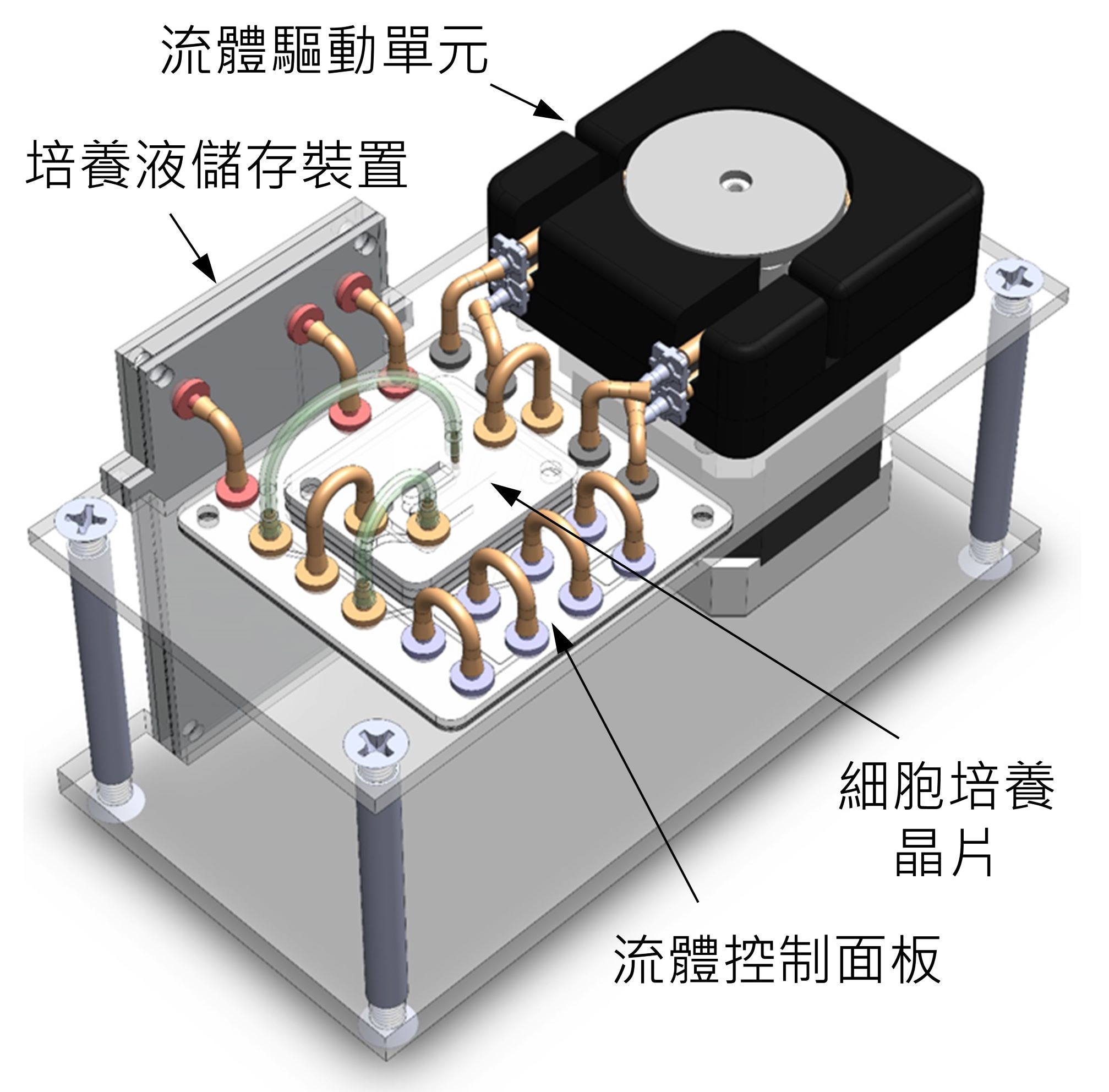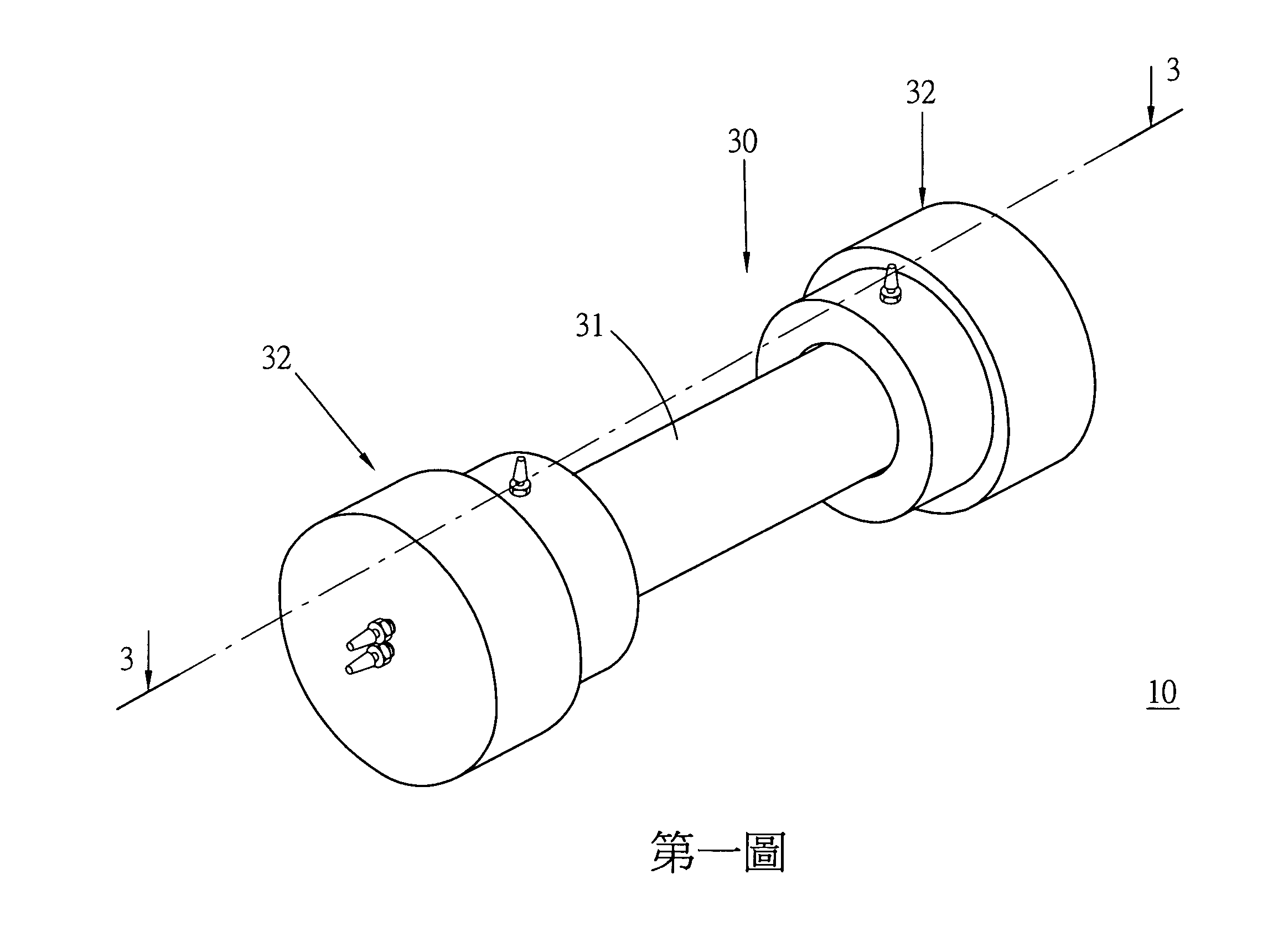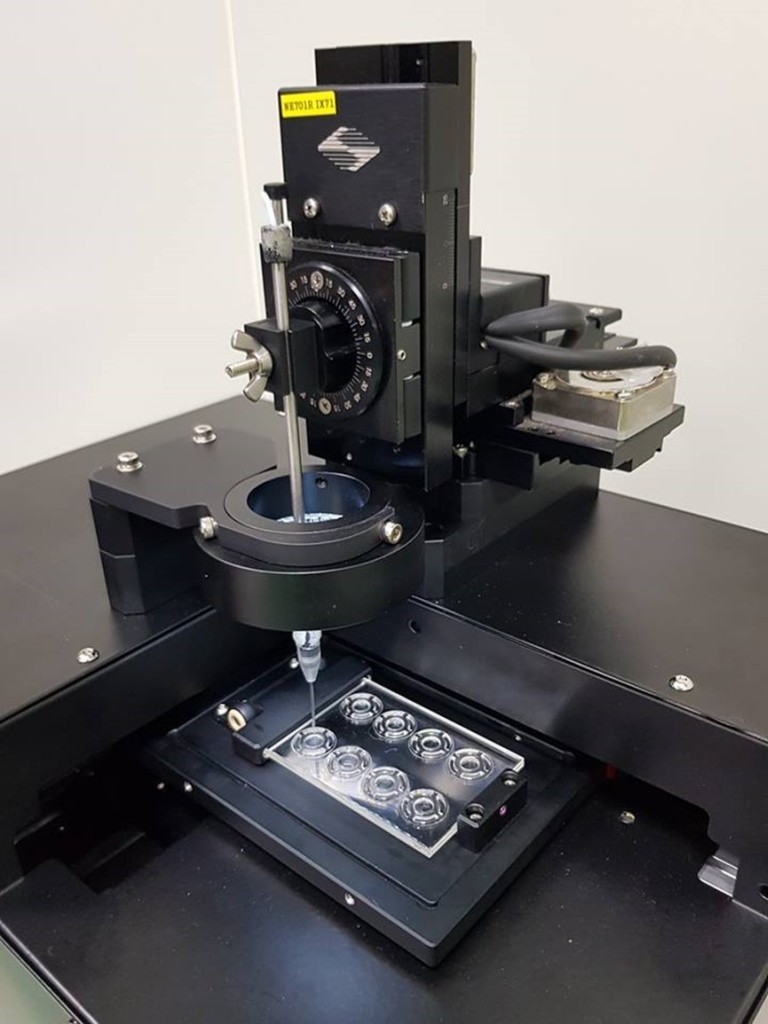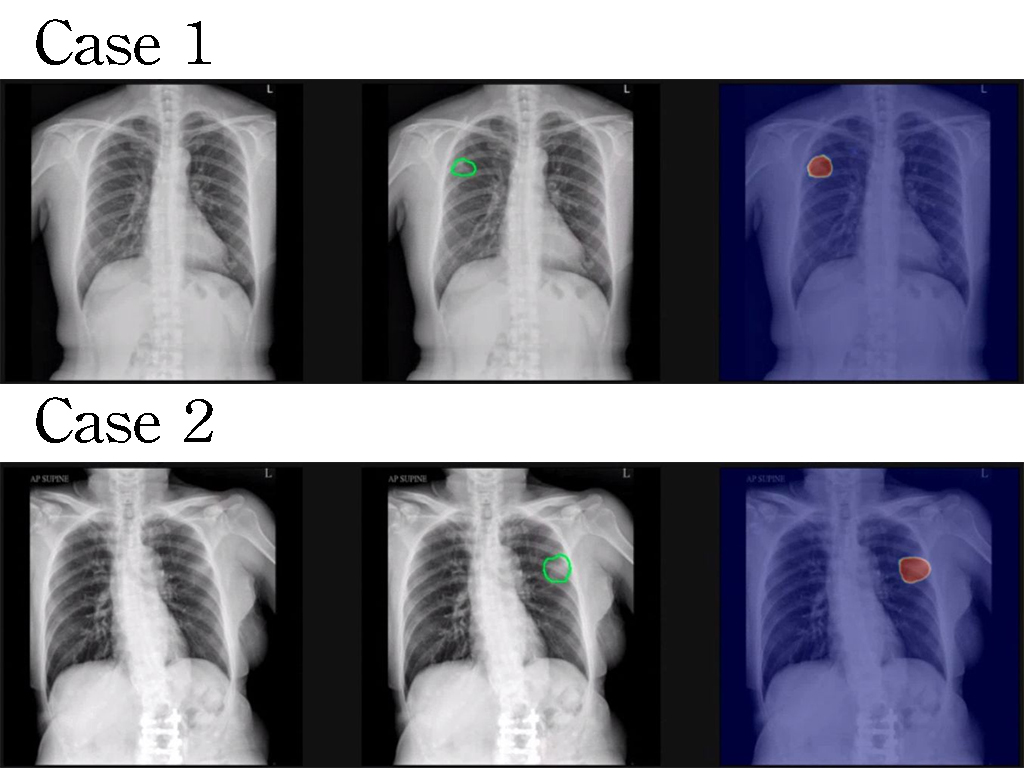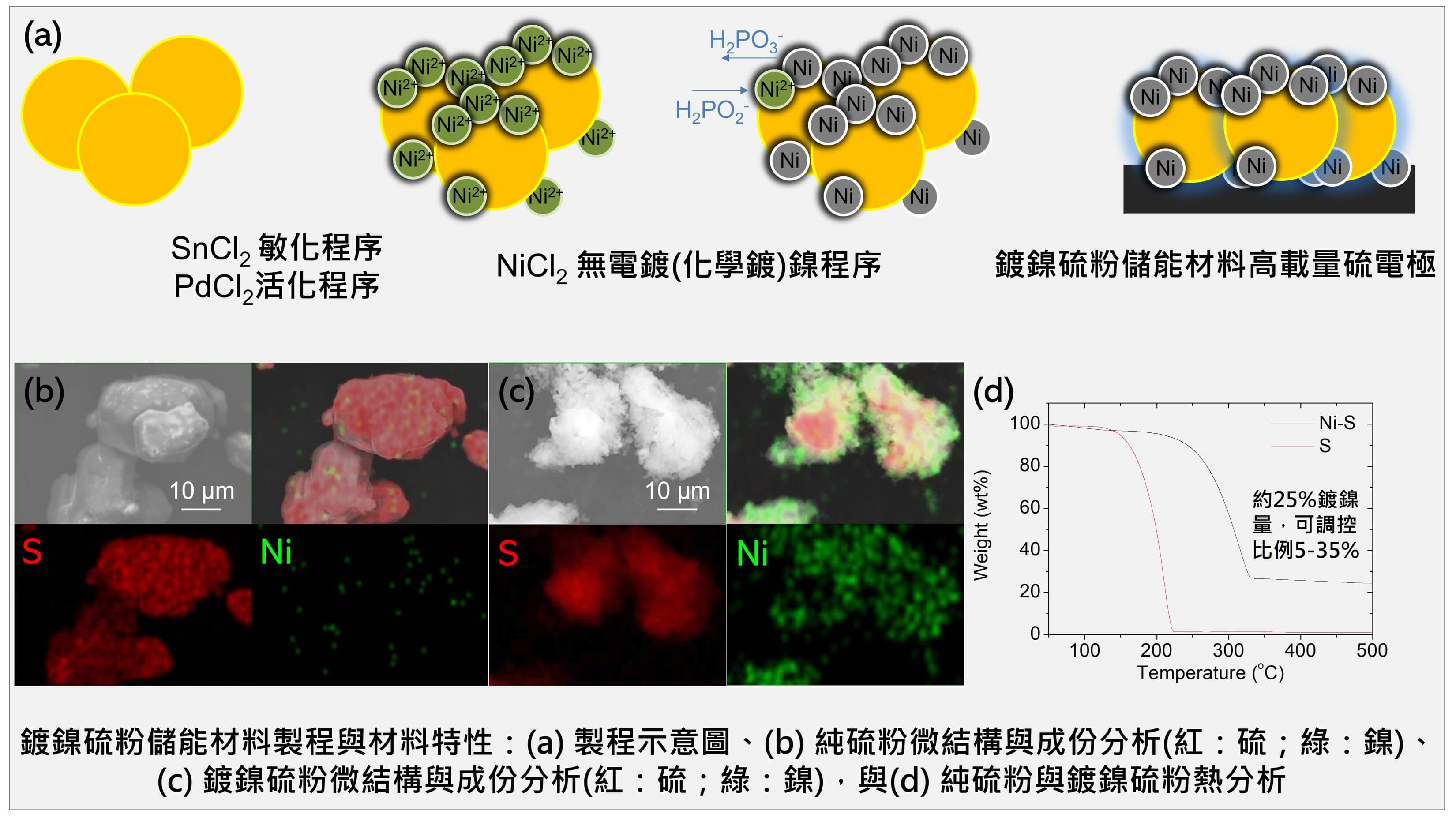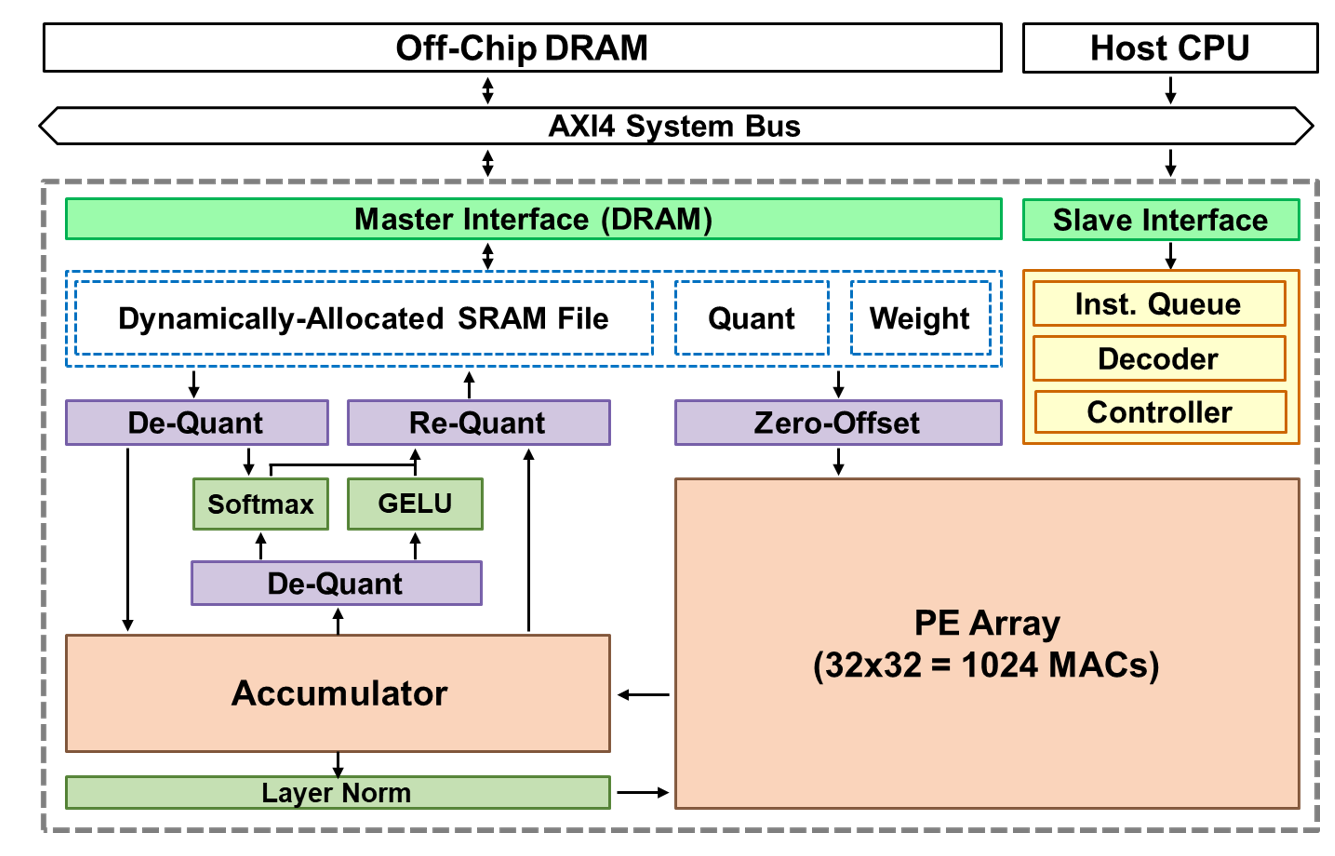


prev
next
| Technical Name | Microfluidic three-dimensional cell spheroid co-culture chip technology | ||
|---|---|---|---|
| Project Operator | National Health Research Institutes Institute of Biomedical Engineering and Nanomedicine | ||
| Project Host | 許佳賢 | ||
| Summary | We introduce a hanging-drop-based microfluidic co-culture (μ-CCD) chip technology generating uniform 3D cell spheroids in top-layer hanging droplets, merging and co-culturing them in the bottom-layer hanging droplets. The liquid added to the confrontation channels contacts the droplets, overcomes the surface tension, and merges spheroids into the newly formed hanging droplets of the bottom layer, minimizing manual intervention that may affect the reproducibility and viability of cell spheroids. |
||
| Scientific Breakthrough | Microfluidic chips reduce sample consumption while improving precision and reproducibility. We present a microfluidic hanging-drop-based spheroid co-culture device for co-culturing embryoid bodies and tumor spheroids, offering a better model for probing tumor angiogenesis and drug testing. Major advancements include creating organoid models to replace/ assist traditional cell and animal models, improving replicating biological mechanisms and drug testing accuracy, and decreasing turnaround time. |
||
| Industrial Applicability | Currently there is a lack of efficient and reproducible tools for performing 3D spheroids coculture. This developed technology has commercial value for disease modeling, drug discovery, and regenerative medicine. Research centers and academic institutions can use this tool to explore complex biological processes and provide predictive models for drug testing. Drug development CRO companies can also use it for their services. |
||
| Keyword | microfluidic chip hanging drop co-culture cell spheroid 3D cell model disease modeling drug testing tumor angiogenesis organo-on-chip organoid | ||
- Contact
- Chia-Hsien Hsu
- chsu@nhri.edu.tw
other people also saw
prev
next

